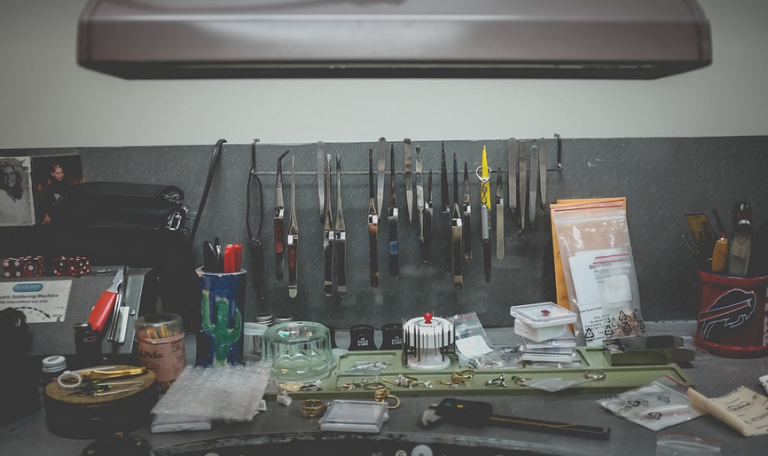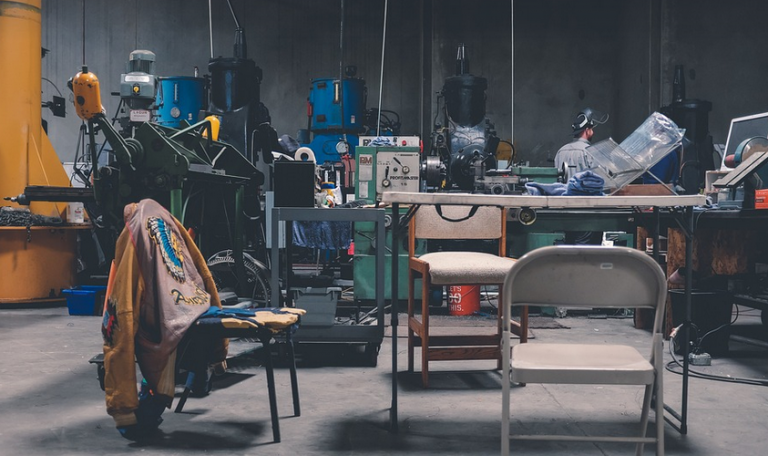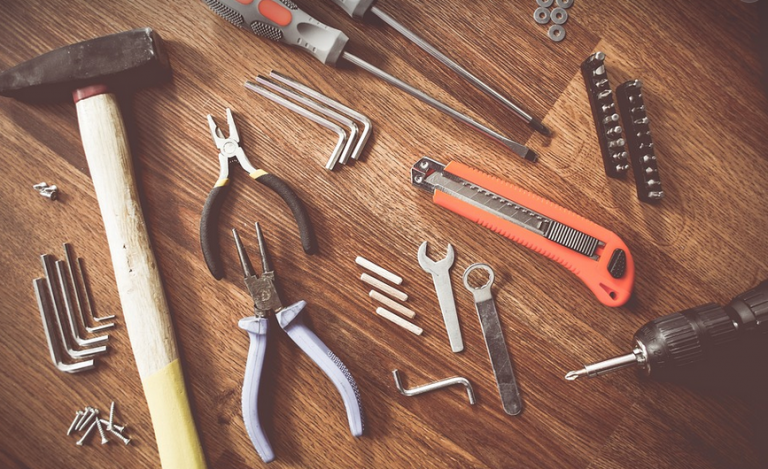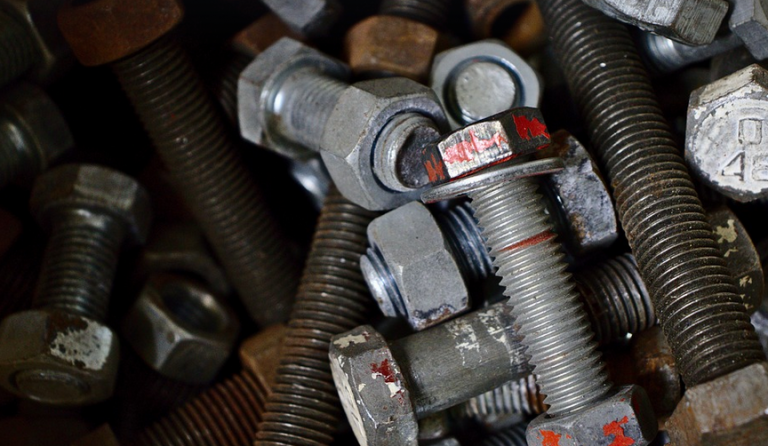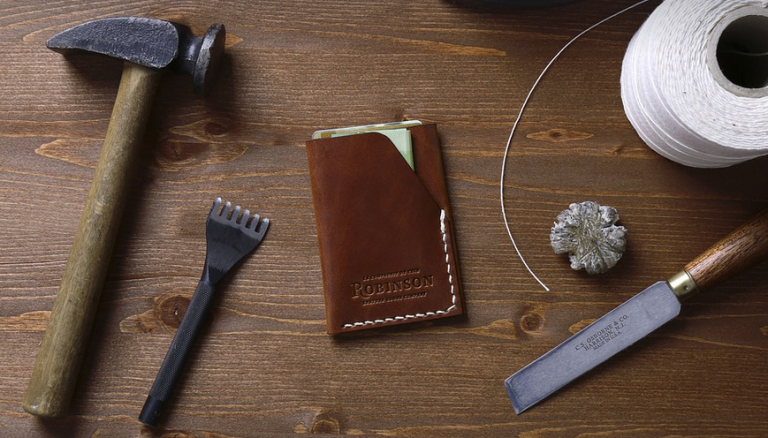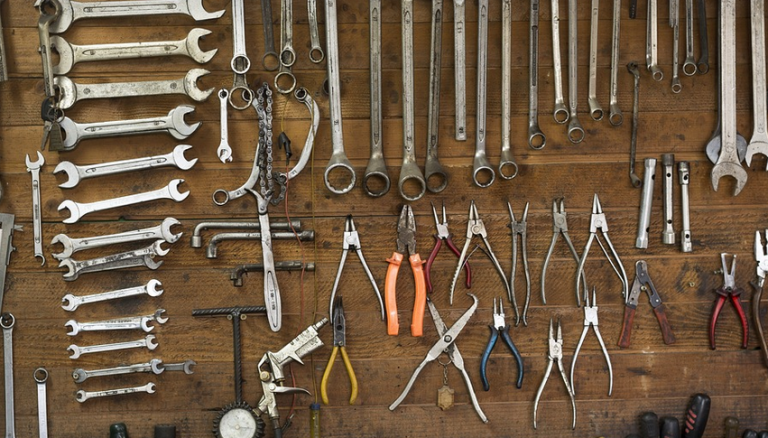
Tackling the Imperfections: Why Caulking Matters
Imagine this: you’re stepping out of your shower after a long day, feeling refreshed and rejuvenated. But then, you notice a damp spot on the wall or hear a faint dripping sound from behind your tiled bathroom floor. Now picture how frustrating it could be to deal with those pesky leaks that can cause moisture damage, mold growth, and even expensive repairs down the line.
Caulking plays a crucial role in maintaining the integrity of your bathroom’s structure by sealing gaps and cracks where water or air might sneak through. It’s like a protective shield against the elements, ensuring your bathroom remains dry and inviting. Caulking isn’t just about aesthetics; it’s essential for preventing structural damage.
But let’s face it – caulking can seem daunting! The process of applying caulk might be intimidating, but with this guide, you can tackle that project like a pro. We’ll explore the different types of caulk, how to choose the right one, and step-by-step instructions on application techniques to ensure a flawless finish.
Whether it’s around your bathtub, shower stall, sink, and tile grout, caulking helps prevent water damage which is essential for a dry bathroom. It’s more than just an aesthetic feature; it’s a testament to maintaining the longevity of your home’s structure.
Unraveling the Secrets: Types of Caulks
Choosing the right caulk can make all the difference in achieving a lasting seal and preventing leaks.
- Silicone Caulking: This is your go-to option for most bathroom needs, thanks to its durability and flexibility. It’s known for its ability to withstand temperature changes and resist water penetration, making it ideal for bathrooms.
- Acrylic Caulking: Another popular choice, acrylic caulks are less expensive than silicone caulks but are not as moisture-resistant. They’re usually used in areas with lower humidity levels.
- Elastomeric Caulking: This type of caulk is a blend of rubber and other polymers, making it incredibly flexible. It can handle movement and expansion/contraction, preventing cracking or splitting under strain. This feature makes it ideal for areas exposed to extreme weather conditions.
Consider these factors when choosing your caulk:
- Application Type:** Do you need a smooth finish or do you prefer to use caulk around rough surfaces?
- Water Resistance:** If you live in a humid area, choose a water-resistant caulk.
- Flexibility and Movement:** Select flexible caulking if your bathroom experiences movement due to temperature changes.
The Art of Application: A Step-by-Step Guide
Before diving into the application process, ensure you have the necessary tools and materials readily available, including a caulk gun, a putty knife, painter’s tape, and cleaning rags. Let’s delve into the steps:
- Clean the Surface: First things first, thoroughly clean your application area to remove dirt, debris, grease, or any residue that might hinder the caulk’s adhesion.
- Tape Off the Area: For intricate details like tile grout, use painter’s tape to create a clean boundary and prevent drips from getting on other surfaces.
- Apply the Caulk:** Gently squeeze the caulk into your chosen application tool, ensuring you follow the manufacturer’s instructions for best results.
- Smooth the Surface: Use a putty knife or your finger to smooth the caulk onto the surface, creating a seamless and consistent line.
- Allow Drying Time: After applying the caulk, allow it to dry completely according to the manufacturer’s instructions.
For more details on the application process for specific types of caulking, refer to the product’s packaging or consult online resources.
Maintenance for Lasting Seals
While caulking provides a long-lasting seal, it requires some attention to maintain its effectiveness. Here’s how you can ensure your bathroom stays dry and leak-free:
- Regular Checks: Every few months, check your caulked areas for any signs of water intrusion or damage, such as cracks, bubbling edges, or discoloration.
- Prompt Repairs: If you notice any signs of damage, address them promptly to prevent further leaks.
- Choose the Right Products: Opt for high-quality caulks that are specifically designed for bathrooms and withstand moisture and temperature fluctuations.
A Pro’s Tip: Caulk Around the Toilet!
The toilet is another area prone to leaks, especially around the base. To prevent potential damage to your bathroom floor and ceiling, prioritize sealing this part of your caulk application process.
By applying caulk around the toilet base, you create a barrier against water seeping through cracks and gaps. This simple step can save you from future headaches and expensive repairs.
For a seamless look, consider applying white or grey caulking to match your bathroom’s style while enhancing its visual appeal.
And there you have it – your comprehensive guide for tackling the caulk challenge in 2025. Remember, proper caulk application is not just about avoiding leaks; it’s also about enhancing the aesthetics and prolonging the life of your bathroom structure.
